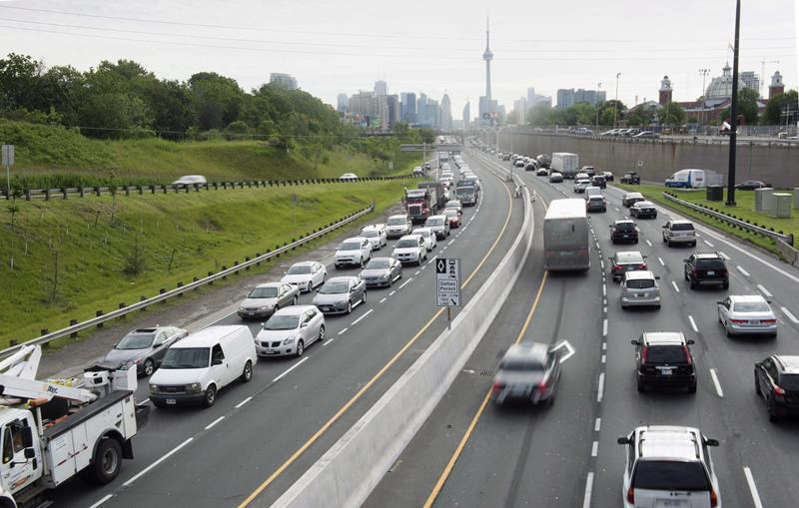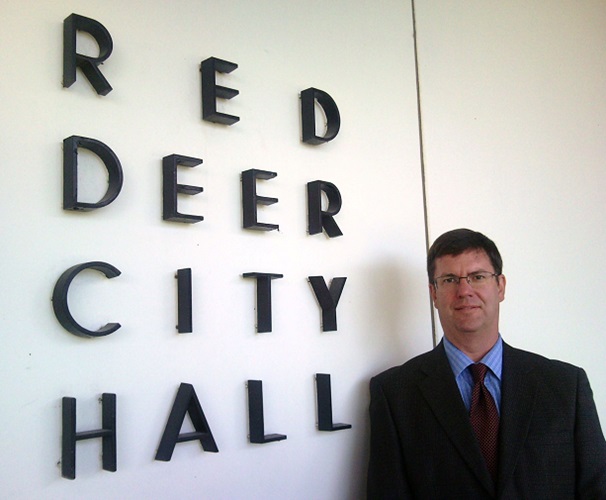• A recent University of Toronto paper by Jeff Allen and Steven Farber examines work access as measured in travel time to get to work. The “30-minute job access” is a rounded-up average in all heavily populated regions in Canada.
• The 2021 census revealed that nationwide, 66.8% of Canadian workers had a one-way travel time less than 30 minutes.
• Automobiles overwhelmingly dominate work access in the reviewed census metropolitan areas (CMA) in Canada compared to public transit which trail automobiles by multiple orders of magnitude.
• Transit in Montreal performs the best with automobiles providing 30-minute access to about 3 times (300%) as many jobs as transit. On the other end, automobiles provide access to almost 10 times as many jobs in a 30 minute trip in Edmonton.
• Canada’s transit commuting share of 30-minute accessible jobs remains a fraction of those available by automobile despite vast increases in public spending designed to decrease automobile usage.
• Governments and their politicians may see this data as a challenge to be met by policies that narrow the gap between auto and transit access. However, the chances of achieving this are virtually nil. Further, the remote work revolution following the Covid lockdowns will make it even less possible.
• Politicians and policy makers would be much wiser to end their focus on forcing or urging Canadians to use transit as opposed to automobiles. From an economic development perspective minimizing work trip travel times should be a primary objective. Improving and adding to road infrastructure is a much wiser use of tax money.
Business
Red Deer Chamber Still Concerned Over Province’s Deficit And Debt
 (Reg Warkentin – Policy and Advocacy Manager for the Red Deer and District Chamber of Commerce)
(Reg Warkentin – Policy and Advocacy Manager for the Red Deer and District Chamber of Commerce)
By Sheldon Spackman
The Alberta Government released it’s Second Quarter Fiscal Update and Economic Statement on November 28th and it shows that despite ongoing challenges and high unemployment, there are some hopeful signs for the province’s economy.
Provincial officials say there were 25,000 jobs added in the last three months, manufacturing shipments have increased in recent months, the value of Alberta’s exports has increased since April and drilling activity is picking up from its lows.
Following two years of contraction, Alberta’s economy is also expected to grow by 2.3 per cent in 2017, supported by wildfire reconstruction, a rebound in oil production, additional investments in public-sector infrastructure and a modest improvement in oil prices.
However, Red Deer and District Chamber of Commerce Policy and Advocacy Manager Reg Warkentin says there’s still cause for concern when looking at the size of the deficit and debt. The 2016-17 deficit is forecast to be $10.8 billion, a $78-million decrease since the first quarter but still $449 million higher than estimated at budget, due to the impact of the Wood Buffalo wildfire and other factors.
Warkentin says “It’s good to see some progress being made despite the high cost of the Wildfire in the spring but the debt and deficit maintenance levels remain cause for concern.” He feels that “Some further efficiencies can still be found in the way the government delivers it’s services without major service cuts.” Having said that, Warkentin was surprised to see non-renewable resource revenue increase, adding that “It’s a broad sign of the economy being on the right track, especially in the oil and gas sector.”
The government is maintaining it’s forecast for oil prices at $45 US/Barrel, the same as at first quarter but three dollars higher than estimated at budget. Forecast revenue is up $1.3 billion from Budget 2016, primarily due to the increased non-renewable resource revenue, federal transfers and investment income.
Operating expenses though have increased by $556 million from budget. This includes a second quarter increase of $100 million to address higher caseloads for Income Support, Assured Income for the Severely Handicapped and other support programs.
In a release, President of Treasury Board and Minister of Finance Joe Ceci, says “While it’s too soon to say Alberta’s economy turned a corner, there are some hopeful signs that it’s stabilizing. We are keeping a steady hand on the tiller and sticking to our approach of controlling spending, protecting critical public services and supporting job growth and the diversification of our economy.”
You can watch the Announcement here:
https://www.youtube.com/watch?v=ZF1okvLkQZA&feature=youtu.be
(Photo courtesy of the Red Deer and District Chamber of Commerce)
Business
Decarbonization deal opens new chapter in Alberta-Japan relationship

From the Canadian Energy Centre
By Will Gibson
Agreement represents a homecoming for JAPEX, which first started work in the Alberta oil sands in 1978
A new agreement that will see Japan Petroleum Exploration Company (JAPEX) invest in decarbonization opportunities in Alberta made history while also being rooted in the past, in the eyes of Gary Mar.
JAPEX is seeking to develop projects in carbon capture and storage (CCS), hydrogen and bioenergy. It’s part of the company’s JAPEX2050 strategy toward carbon neutrality.
“This new endeavour is a great opportunity that demonstrates the world is changing but the relationships endure,” says Mar, the province’s former trade envoy to Asia and the current CEO of the Canada West Foundation.
“Alberta’s very first international office was opened in Tokyo in 1981. And we have built a tremendous soft infrastructure that includes partnerships between a dozen Alberta and Japanese universities.”
For JAPEX, the agreement represents something of a homecoming for the company that first started work in the Alberta oil sands in 1978 and operated one of the first in situ (or drilled) oil projects for nearly two decades before selling its stake in 2018.
“We are now aiming to come back to Alberta and contribute to its decarbonization,” JAPEX president of overseas business Tomomi Yamada said in a statement.
Mar says the memorandum of understanding signed this March between JAPEX and the crown corporation Invest Alberta stems from a strong relationship built over decades.
“You can’t be considered a reliable partner for a new venture if you haven’t been a reliable partner for decades in the past,” says Mar.
“Economies change and world’s needs change but strong relationships are important factor in whom you do business with.”
Alberta’s established CCS infrastructure has already attracted new investment, including Air Products’ $1.6-billion net zero hydrogen complex and Dow Chemicals’ $8.8-billion net zero petrochemical complex.
Mar sees JAPEX’s deal with Invest Alberta opening a whole new market of potential carbon neutral investors in the Pacific Rim.
“When other countries who are partners in the Trans-Pacific Partnership (TPP) see JAPEX invest in this decarbonization opportunities and net zero projects in Alberta, it will send a very clear signal to others in the TPP about the potential,” Mar says.
“This deal may come from the decades-long relationship between Alberta and Japan but can also serve as a signpost for decades to come.”
Business
Multiple more jobs accessible by automobile than by transit

From the Frontier Centre for Public Policy
A recent University of Toronto paper by Jeff Allen and Steven Farber examines work access as measured in travel time to get to work.

-

 Housing2 days ago
Housing2 days agoTrudeau admits immigration too much for Canada to ‘absorb’ but keeps target at record high
-

 Censorship Industrial Complex2 days ago
Censorship Industrial Complex2 days agoTrudeau’s new online censorship law – Problems with Bill C-63 / the Online Arms Law
-

 conflict2 days ago
conflict2 days agoWestern leadership’s detachment from reality is causing terror and death across the globe
-

 Business2 days ago
Business2 days agoDecarbonization deal opens new chapter in Alberta-Japan relationship
-

 Energy2 days ago
Energy2 days agoNew documentary exposing climate alarmism is the latest victim of Big Tech censorship
-

 Censorship Industrial Complex2 days ago
Censorship Industrial Complex2 days agoNPR senior editor admits extreme bias in Russia collusion, Hunter Biden laptop, COVID coverage
-

 Censorship Industrial Complex2 days ago
Censorship Industrial Complex2 days ago“Minority Report”: The Sequel. A warning to the Canadian Church
-

 2024 City Councilor By-Election2 days ago
2024 City Councilor By-Election2 days agoGet to know your candidates for city council: Calvin Yzerman






